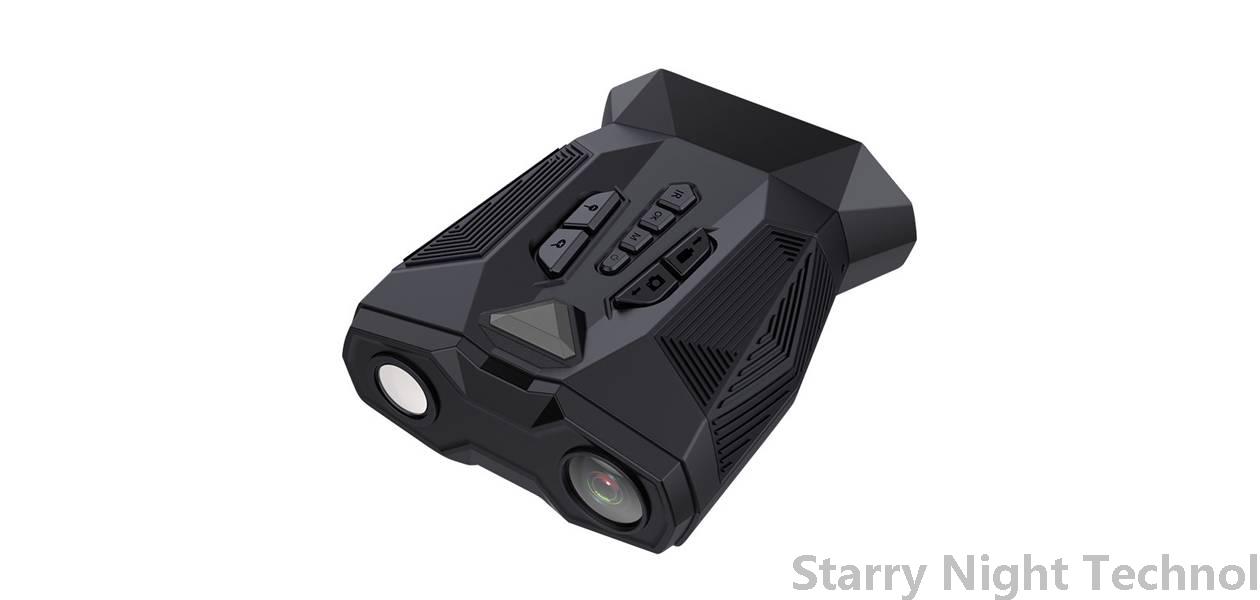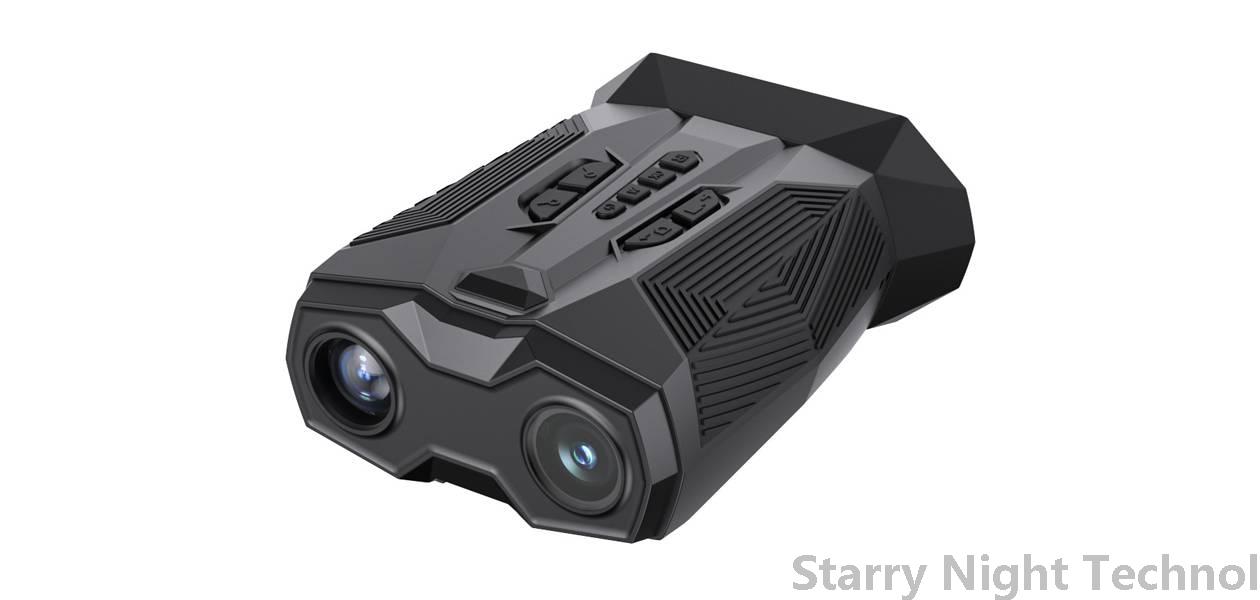Night Vision Devices: A Critical Tool in Emergency Medical Services and Healthcare
1758110418000

In an era where technology continues to redefine operational efficiencies across various sectors, the field of emergency medical services (EMS) and healthcare is no exception. Among the innovative tools emerging from advancements in optics is night vision technology. Initially designed for military applications, night vision devices (NVDs) have found their way into a multitude of civilian domains, contributing significantly to public safety, emergency response, and overall healthcare delivery.
#### The Essential Nature of Night Vision Technology in EMS
Night vision devices work by amplifying existing light or utilizing thermal imaging to enable visibility in low-light environments, even complete darkness. This capability allows EMS professionals to perform critical tasks that would otherwise be challenging or impossible during nighttime or in poorly illuminated settings.
1. **Enhanced Situational Awareness:** One of the primary benefits of NVDs is enhanced situational awareness. Paramedics often arrive at the scene of emergencies before daylight or in dimly lit conditions. Utilizing night vision goggles can help them quickly assess the environment for hazards, identify patient locations, and ensure personal safety. This not only improves their ability to render immediate care but also helps in orchestrating a safer response plan involving law enforcement or firefighters if needed.
2. **Improved Patient Assessment:** When time is of the essence, assessing a patient's condition swiftly is crucial. NVDs allow paramedics to examine patients without needing additional lighting equipment, thereby preventing unnecessary delays in treatment. In cases where injuries are severe and require rapid intervention, this technology facilitates effective assessments even in non-ideal lighting conditions.
3. **Rapid Technological Advancement:** Modern night vision systems come equipped with advanced features such as digital zoom, recording capabilities, and integrated communication systems. These enhancements mean that EMS personnel can share real-time visuals and data with hospital staff prior to arrival, expediting preparation for specialized treatments upon hospital admission.
#### Beyond EMS: Broader Applications in Healthcare Settings
While the use of NVDs in EMS is critical, their functionality extends well beyond emergency scenes. Various aspects of healthcare benefit tremendously from the integration of night vision technologies:
1. **Surgical Procedures:** Certain surgical procedures may take place in controlled yet dimly lit operating rooms or emergency situations requiring nocturnal operations. Surgeons can employ night vision headgear or glasses to maintain clarity in their field of view, especially when dealing with intricate details of surgery under low-light conditions.
 3. **Mental Health Monitoring:** In mental health facilities and other establishments that provide round-the-clock observation, night vision cameras can help staff keep visual contact with patients while maintaining discretion. This application serves dual purposes: improving patient monitoring and ensuring staff can react promptly should any crisis arise.
3. **Mental Health Monitoring:** In mental health facilities and other establishments that provide round-the-clock observation, night vision cameras can help staff keep visual contact with patients while maintaining discretion. This application serves dual purposes: improving patient monitoring and ensuring staff can react promptly should any crisis arise.#### Training and Implementation Challenges
Integrating night vision technology into EMS and broader healthcare practices does not come without its challenges. Training becomes essential; personnel must understand how to effectively operate these sophisticated devices and adapt their usage based on various scenarios.
Moreover, investments in night vision devices need justification against other potential expenditures within healthcare budgets. Organizations might struggle to prioritize such technology amidst fierce competition for funding directed towards more traditional equipment like ambulances or portable defibrillators.
However, growing evidence suggesting quicker response times and improved outcomes through using NVDs will likely make overcoming these barriers increasingly feasible over time. As end-users report higher efficacy in life-saving interventions attributed to better visibility in dire circumstances, the case for integrating night vision tech will strengthen accordingly.
#### Conclusion
The incorporation of night vision devices into emergency medical services and healthcare embodies an exceptional example of technological evolution shaping practical applications. From augmenting first responders' effectiveness and ensuring uninterrupted medical evaluations to enhancing surgical precision and caregiver vigilance, NVDs represent just one facet of how modern innovation can meaningfully contribute to saving lives.
As further research and development continue introducing more refined designs that expand functionalities while reducing costs, it’s expected that reliance on night vision technology will grow dramatically. Efforts focused on education and training will serve as cornerstones to successfully integrate these devices into everyday healthcare practice, solidifying their place as indispensable tools in both EMS and general medical environments.
Ultimately, as night vision technology evolves, so too will its implications for how we respond to crises, emphasizing the spirit of preparedness—a necessity underpinning all facets of emergency medicine and aligned healthcare initiatives.
Night vision device productsStarry Night Technol

